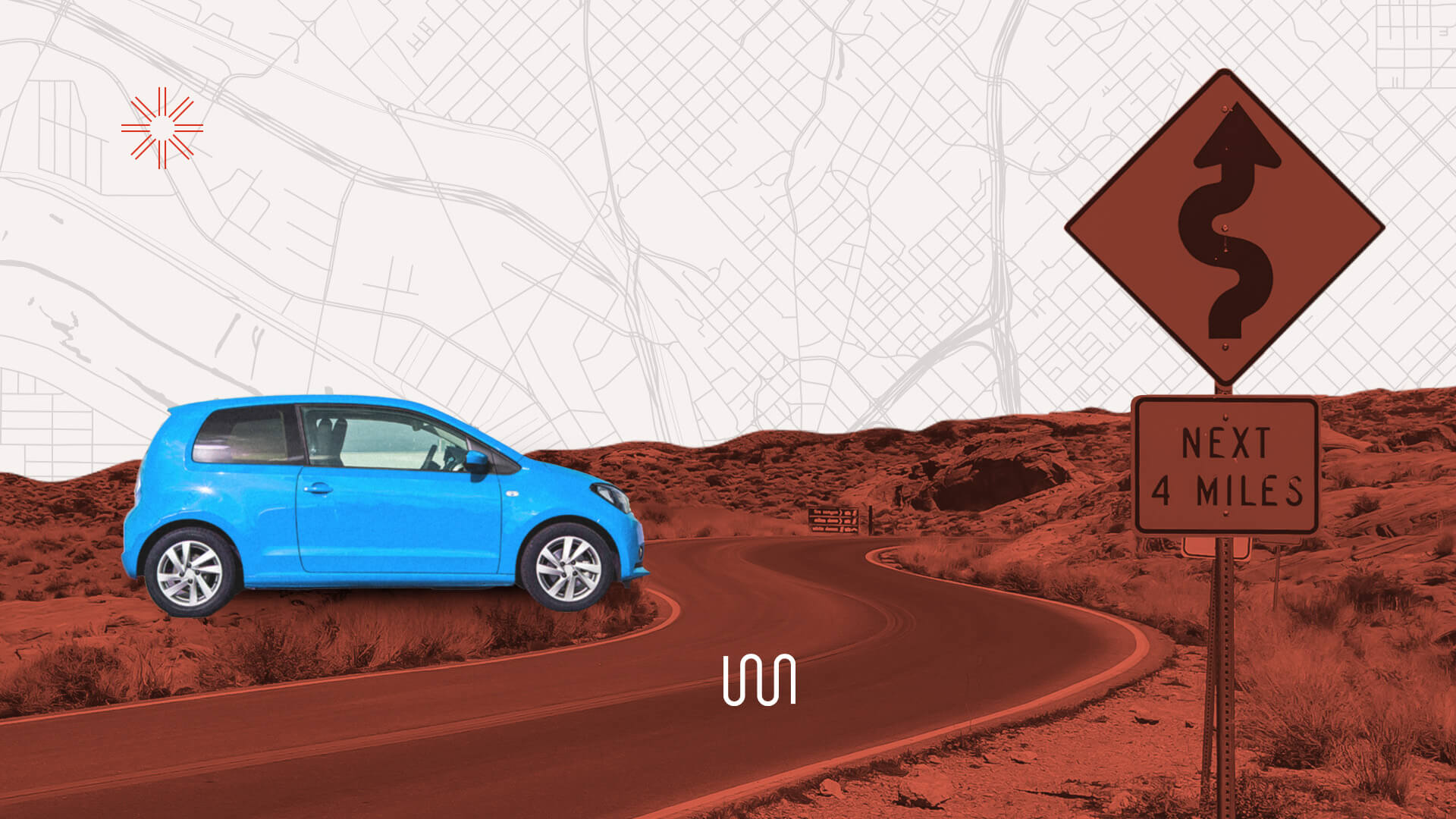
For many Americans, going to a car dealership and haggling over a purchase ranks right up near negotiating an insurance bill or getting a root canal. Many buyers dread the hours spent treading from the car lot to the finance office, negotiating with sales reps working on commission, and filling out reams of paperwork. But for decades, few saw any other option.
That's all changing. With the market ascendancy of millennials and the strictures of the pandemic, buying a car — what many have thought to be one of the most online-resistant retail sectors — is rapidly going digital. In 2020, millennials edged out boomers as the biggest new-car buying demographic — bringing with them a strong preference for doing deals from their phones or laptops. In fact, they were twice as likely as their boomer counterparts to buy both new and used cars entirely online. And with the restrictions imposed by the pandemic, buyers increasingly flocked to the internet for their car-purchasing needs. Last year, 30% of new car sales were completed online, a dramatic increase from the pre-pandemic days, when rates hovered around 2%.
In response, an array of new companies have arisen to meet the demands of the millennial generation. Companies like Carvana, Shift, and Vroom have become digital auto giants overnight, offering everything younger car buyers want and none of what they don't. Millennials and boomers alike can peruse vast online inventories of used cars any day, anytime. Customers can enter their financial information and get up-front quotes without haggling. And these digitally-adaptive companies offer more than just the cars themselves. They function as one-stop shops for all things auto-related, with many offering in-house financing services, car delivery and pickup for trade-ins, and warranties to allay any fears of buying sight unseen. And for customers who still want to kick the tires and take their prospective car for a spin, these companies have replaced test drives with trial periods, giving buyers several days to drive their vehicle before inking a deal.
It's no wonder that these companies are exploding. In 2020, Carvana sold 244,111 cars—a 37% increase from 2019—and is currently pouring $500 million into new facilities. Vroom has a whopping 14,000 cars in its inventory. And for all the clout the big names have, the market's not even nearly saturated: the used-car market in the U.S. is valued at $840 billion, and the top three publicly-traded companies only account for 1% of those sales.
Car dealerships might have been caught flat-footed by the surge of the online auto market. But if dealers don't begin to pivot to the digitally-focused approach favored by millennials — and increasingly by buyers of all ages — they stand to see a decrease in revenue. For companies willing to shift to a new auto sales model, it's anyone's game.
Car dealerships do have some advantages in this new environment. Legislation tends to favor brick-and-mortar dealerships, making it difficult for exclusively online retailers to sell new cars and largely prohibiting manufacturers from selling to customers directly. But in the wake of this digital auto retail revolution, companies are getting creative. Tesla owns all of its dealerships, allowing it to sell to customers directly. Volvo's new electric SUV will be exclusively available online. And GM launched its Shop-Click-Drive program in 2013, a tool that allows customers to shop for GM cars and apply for financing at local dealerships.
But these changes don't spell doom for existing brick-and-mortar dealerships. There will always be people who want an in-person shopping experience — as well as the expertise offered by local sellers they know and trust. And it's not an all-or-nothing game, either. Car dealerships can keep their physical establishments while offering online amenities. To survive the market, car dealerships simply need to capitalize on their advantages. Dealerships can roll out online shopping and purchasing options for customers who prefer the ease and efficiency of that model. They can keep a core of talented salespeople on-site while transitioning others into consulting, customer services, and product assistance roles. They can also keep a smaller but physical presence for people who want to test drive before they buy, or those who want a more personal touch in their buying experience. If done right, a hybrid approach can be a win-win, benefiting car dealerships, online shops, and customers alike.

